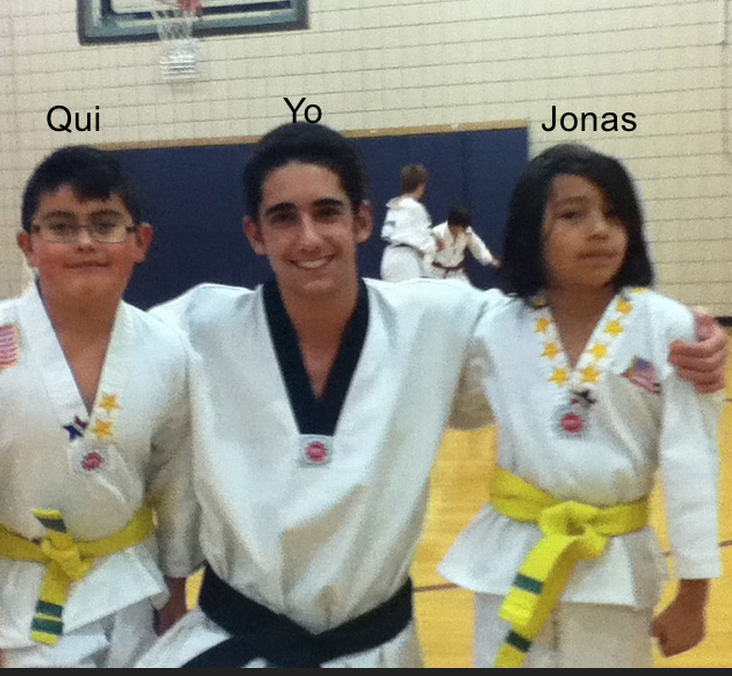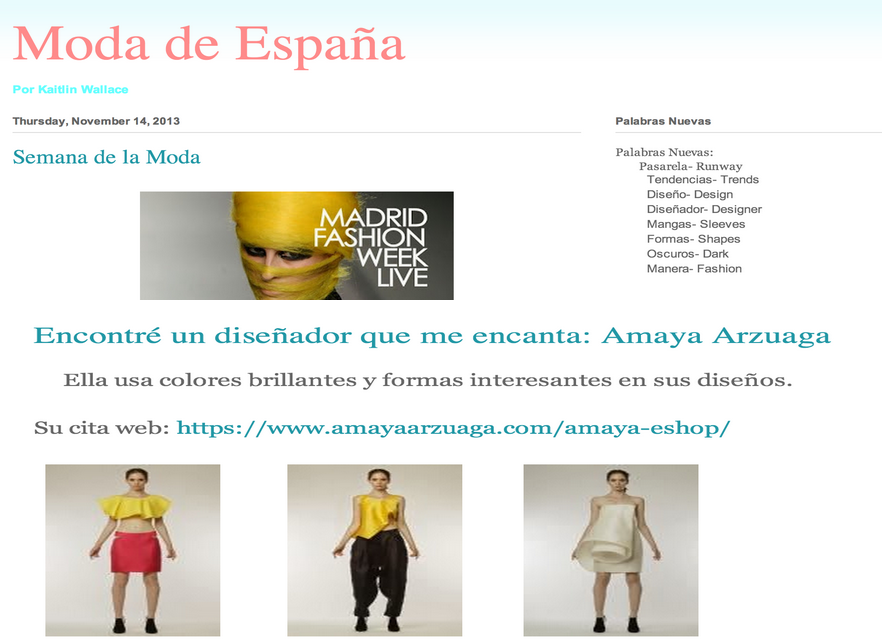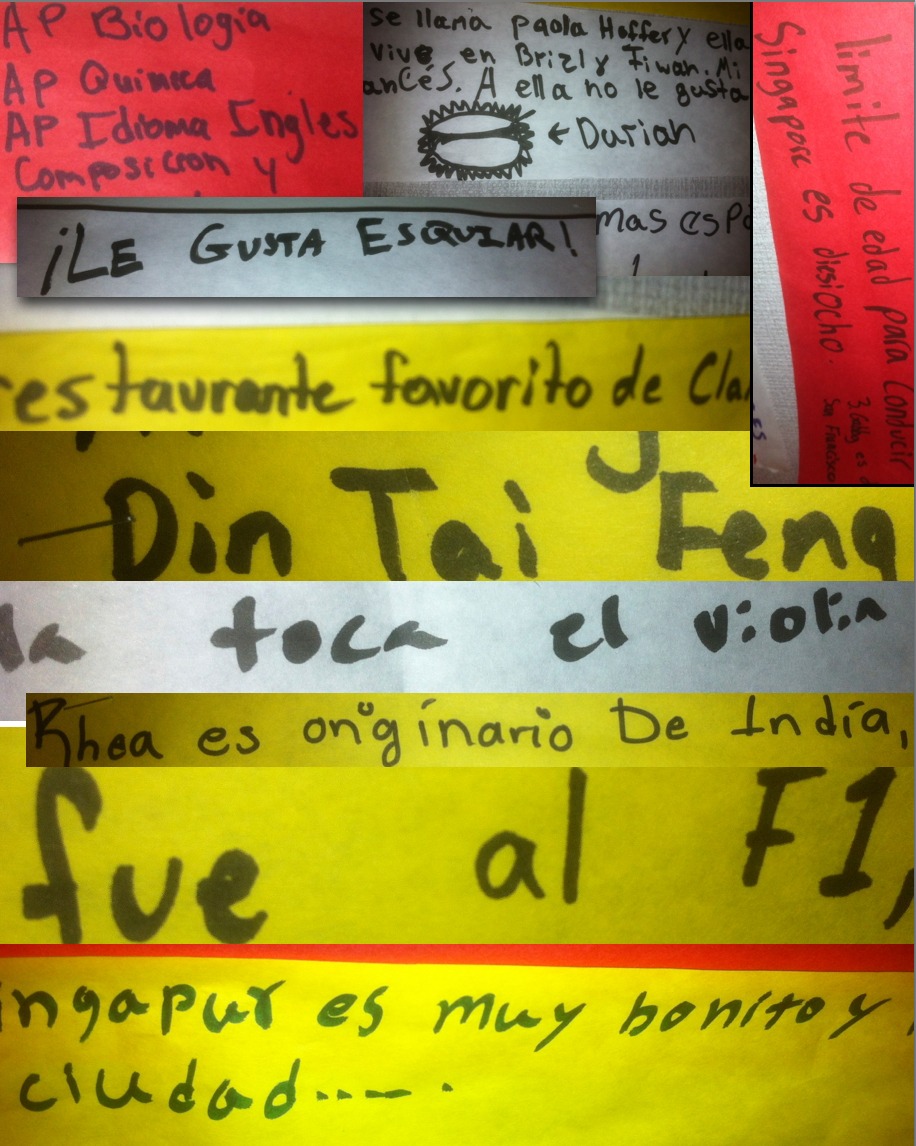A Motor, a Wedding, and Crossing the Border
/Evan made a motor. It was so cool even though it didn't work. Thomas saved money to send to his former surf instructor in Costa Rica to help pay for his upcoming wedding. Vivian taught us about different types of rice in Central America. Gerson took us through his journey from El Salvador to Colorado earlier this year.
Content for Spanish class this past month was not typical of most Spanish textbooks.

My students just finished up their 20% Time Projects. As reported in a previous post, this was my second round of projects. Their results proved inspiring content and rich language for our class this past month.
Students chose passions and interests to investigate by which they were able to improve their Español, connect with others, and save the world.
- Supporting nutritional organizations in Central America
- Learning more about the Bible in Spanish and reading stories from it to younger children
- Teaching karate to Spanish Speaking students
- Playing video games in Spanish with kids around the world
- Learning about fashion and design in Madrid
- Skiing through Chile
- Learning about the Spanish Guitar learning to play a song in Spanish
Student feedback
Wanting to know what my students thought of the project and not wanting to break into English, I sent them in the hall with another student who recorded their feedback in English. Here are a few examples of what they thought of the project.
My Reflection
My students' oral proficiency in Spanish improved because I was able to provide relevant vocabulary I knew they were going to need prior to their presentations. They didn't email me back, it surprised me that, and I had wanted to do... but changed my mind were common language structures we practiced and practiced before kids presented. There are even a few more structures I'll add to my list for next time like I could not find or I realized that... Students (me included) also learned specific vocabulary tied to their topic and their interest. This year's group was more comfortable with sharing as we discussed and modeled delivery and design. The reading of slides was highly discouraged. I didn't allow notecards, although a few students did bring up cards which I allowed reading the anxiety on their face. The biggest challenge for them was connecting with others. Most students picked someone they knew or friends of friends as their connection. I was hoping for more global connections or more specific communications with people specific to their particular passion. I get it. The concept of reaching out to strangers is difficult and even more so in a second language. Next time I'll spend more time on how and why to make global connections. We'll practice. I'll also give more time for student-teacher 1:1 conferences so I can individually help students brainstorm connections with similar passions or interests. This, however, is a challenge for me as class sizes seem to grow and grow but I think maybe offering online Google Hangout hours could be an option. Lastly, I'll put a time limit (with a friendly bell) on the sharing. Maybe something similar to a Pecha Kucha (or shorter) because with classes of 30, it takes a while. Some of my students felt comfortable going on and on. They were so darn cute that I didn't have the heart to cut them off.
What successes have you had with similar type projects?


